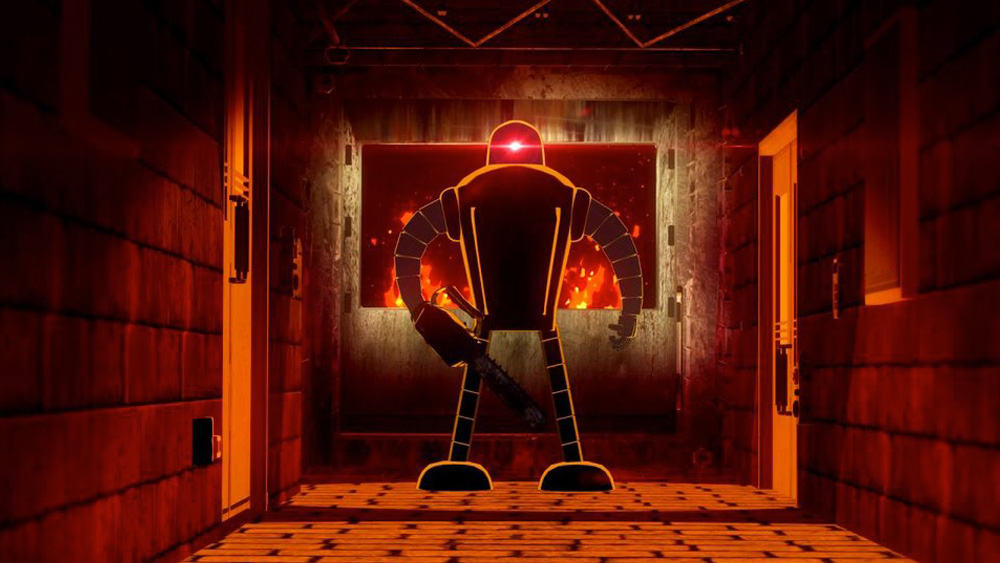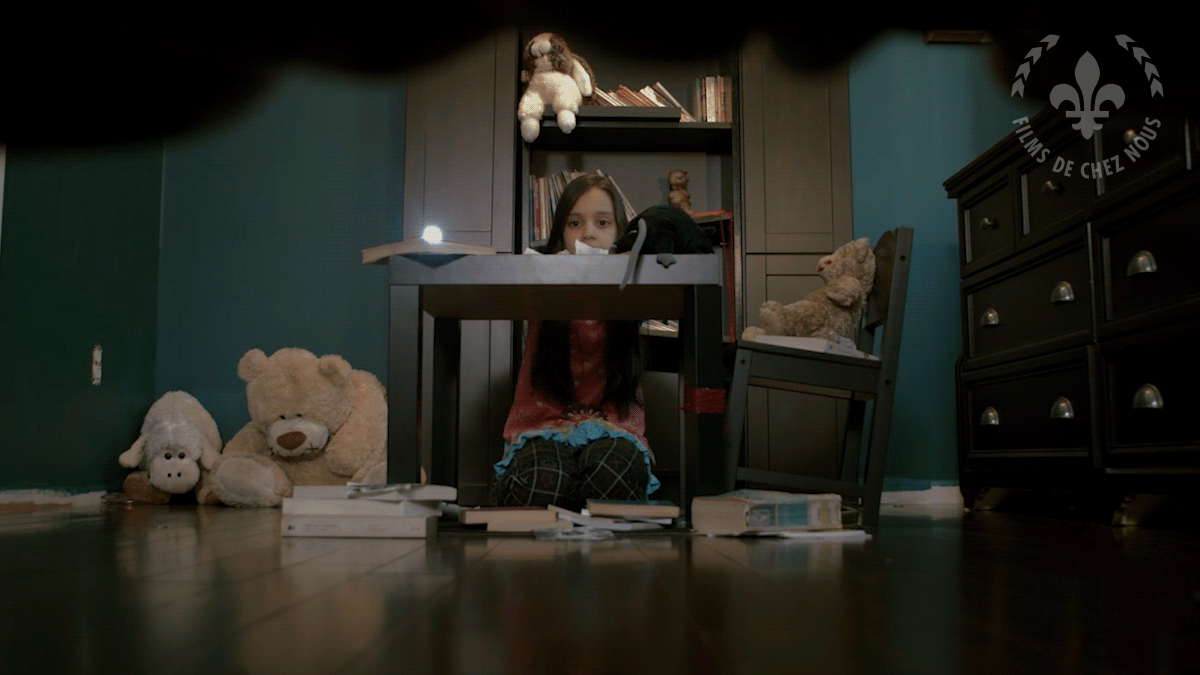For modern-day scream queen, Jenna Kanell, most of the monsters she battles are in horror films, such as the cult film Terrifier and Renfield. But there is a darkness that she can’t always escape and that is depression.
In Depression is a Beast, director Courtney Dixon offers an intimate exploration of mental health through the eyes of actress Jenna Kanell, known for her roles in horror films like Terrifier and Renfield. While Kanell may be used to battling fictional monsters on screen, the documentary dives deep into a much more personal and real battle—the fight against depression. Through candid interviews and raw storytelling, Kanell opens up about her struggles, shedding light on the complexities of mental illness and her journey towards healing.
This documentary stands as a powerful reminder that even those who appear strong and fearless on the outside can face their own inner demons. Depression is a Beast provides an important, empathetic look at how individuals confront their mental health challenges, offering hope and insight into taming the darkness within.
What inspired you to create this documentary, and how did you connect with Jenna Kanell to tell her story?
I was experiencing postpartum depression a few years ago. I would stay up late at night with a new baby, delving into internet rabbit holes on the topic. I remember finding an article in the NYTimes about how horror films can potentially be therapeutic for people with depression and anxiety. I had never thought of horror films in that way. I envisioned creating a PSA about depression in the style of a horror film- that was the initial idea. A friend of mine is a horror film director who put me in touch with Jenna. I assumed she would blast it to her network to help me find someone, I never thought she would want to be in it! But she was genuinely interested in doing it and embraced the idea from the start.
Jenna Kanell is known for playing strong characters in horror films. How did her experience with depression shape the way she approaches those roles, and how did you highlight that in the movie?
She was watching horror films from a very young age. They became a safe space. Now she gets to star in them and this tool she used as a child has now become a therapeutic, coping mechanism for her as an adult. Depression is so individualized and what helps one person may not help another person. I hope people seek out what works for them in the same way that she did. She is this badass character on and off screen and even she has to deal with depression.
The metaphor of depression as a “beast” is powerful. How did you visually represent this idea in the documentary, and what were some of the creative choices behind it?
In the film, she talks about depression being this monster that follows her around, and, over the years, she has learned that it is never going away. It has to be embraced in a sense. She says, “You can hang out in the room, but you can’t sit in my lap anymore.” Depression can feel like this looming presence, creeping in the shadows, ready to strike at any moment. So I played into that with tropes of horror films, the killer in the mirror, the ghost in the window, or the beast guarding her house. For some of us, this “beast” is never going away so the focus must become learning to live with it.
How did Jenna’s journey through depression impact you as a filmmaker, and what did you hope to convey to the audience through her personal experience?
Engaging in personal conversations with her about this topic has been incredibly insightful. There is comfort in numbers and knowing someone else shares the same issues can be incredibly helpful. She is not afraid to reveal the details. But I also wanted her to disclose how she copes. To me, it is important to not only hear someone say, “I feel all of these things” but also to hear them say, “And here are a few things that helped me.”
Were there any moments during filming that were particularly difficult or emotionally charged? How did you navigate those moments as a director?
We did quite a few pre-interviews. I had to ask a lot of personal questions about her backstory and dig into moments in her past that played into her depression. I believe it is important to create an atmosphere of trust. I wanted her to know I respect her openness and will be very open with her in return as I craft the film around her words. I shared my treatment with her, all of my inspiration references, and even paper cuts so that she could see what parts of her story I was using and how. When it came time to film, I think she felt safe enough to be vulnerable because she was not in the dark.
What role did sound design and music play in creating the atmosphere of this documentary, especially in portraying the inner battle with depression?
The post-production company, Mingle, really delivered. I asked that they not hold back. To lean into the VHS angle and to make the audience feel like they were in her head. I wanted this to feel like a campy horror film. They listened to my ideas and took it even further. There were things they brought to the table that I had not even expected. That is what I love about collaboration. You pass the baton to great artists and they take it to new levels. It then becomes this game of matching someone’s creativity.
Your film blends elements of animation, horror, and traditional interview formats. How did you decide on this unique mix of styles, and how do you feel each one contributes to telling Jenna’s story?
Before I had found Jenna I knew that I wanted it to be a blend of fun, retro horror films. I had an extensive treatment without even knowing her story. Once we started to have conversations I was able to keep some of those ideas, but also start to construct new ideas based on her experience. Her backstory allowed for animation and Creepshow was already a style I had wanted to use. When she talked about feeling like she was underwater, Poltergeist was the first vision I had in mind. I wanted to make her story as visual as possible while remaining rooted in moments that still felt intimate.
Do you have any advice for filmmakers who want to tackle difficult or personal subjects like mental health in their own work?
To be true to themselves! Don’t censor it, or worry if it will connect with everyone. I believe these crucial topics have already been covered through a clinical lens. Now it’s up to artists to convey them in a creative light that has the power to connect to people in fresh ways. The goal is to make mental health topics approachable and authentic. But most importantly, keep it a part of the conversation.
With your film taking on many forms, where did you gather your visual inspirations from?
Lots of horror films! I loved re-watching these amazing classics. House, Twilight Zone, Scream, etc.
And finally, what are the short films out there that have really stayed imprinted in your head?
Zion is one of my favorite shorts. Look for the Diamonds is a perfect film in my opinion. I love short docs that tackle the human experience in creative ways.




